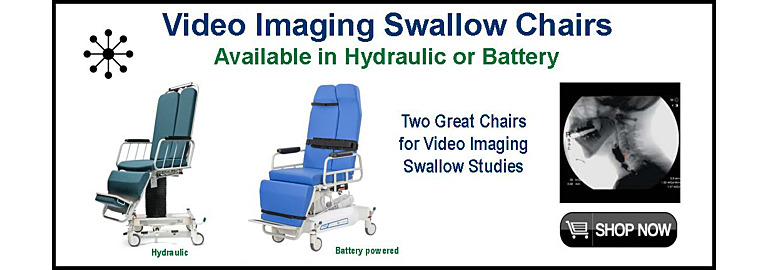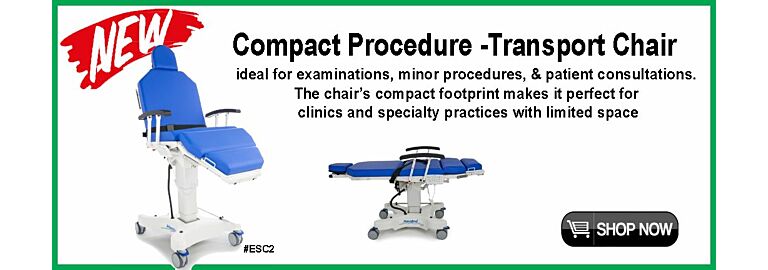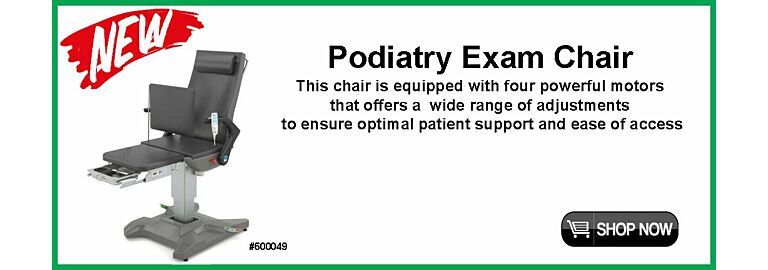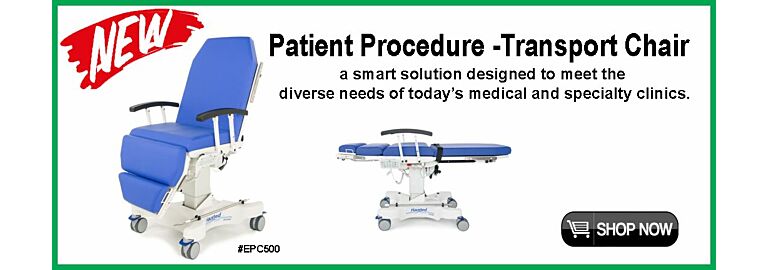Introducing Our New ENT Exam Chairs – Where Precision Meets Comfort
Z&Z Medical is proud to offer our new ENT Exam Chair, designed specifically for Ear, Nose, and Throat specialists who need a durable, adjustable, and patient-friendly solution for clinical exams and minor procedures.
This chair combines functionality, comfort, and cleanability—making it ideal for ENT clinics, specialty practices, outpatient surgical centers, and hospital exam rooms.
Key Features:
- Multi-position adjustments for smooth positioning of the head, back, and leg areas
- Stable base with easy mobility for exam room flexibility
- Comfort-padded seat and backrest for an optimal patient experience
- Adjustable headrest to suit a variety of patient needs and procedures
- Easy-to-clean medical-grade upholstery
Built to support thorough examinations and minor in-office procedures, this chair enhances both workflow efficiency and patient care in ENT-focused practices.
Whether you're doing sinus evaluations, ear exams, or scope procedures, our ENT Exam Chair gives you the stability and access you need—while keeping your patients comfortable and secure.
Now available at Z&Z Medical. Contact us to learn more or request a quote.
#ZandZMedical #ENTExamChair #ENTClinic #PatientPositioning #ExamChair #SpecialtyEquipment





